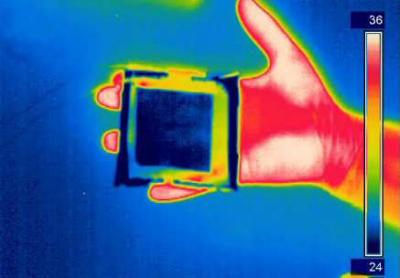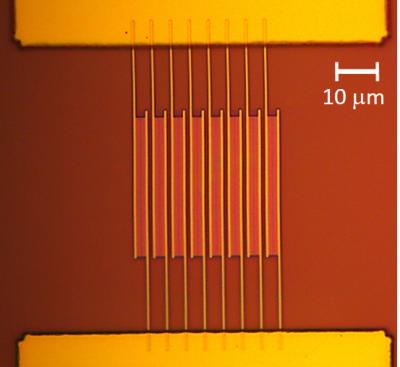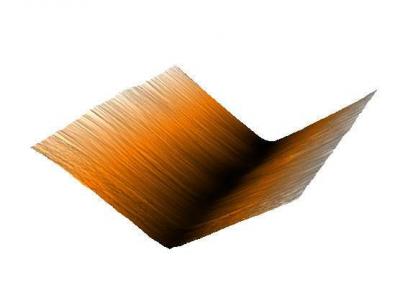Researchers find the exact balance in which graphene coatings can promote hydrogen evolution reaction
A collaboration led by the University of Tsukuba has recently optimized an approach to increase the stability of catalysts used in the hydrogen evolution reaction without significantly sacrificing activity. The team found that coating catalyst nanoparticles with an optimal number of layers of graphene raised nanoparticle durability while allowing the nanoparticles to retain their catalytic activity. The study was reported in ACS Energy Letters.
"We optimized the balance between the number of graphene layers coating the nanoparticles and their catalytic activity," study first author Kailong Hu says. "To do this, we had to precisely control the number of graphene layers coating the nanoparticles, which we achieved by carefully regulating the deposition time of graphene on the nanoparticles."






